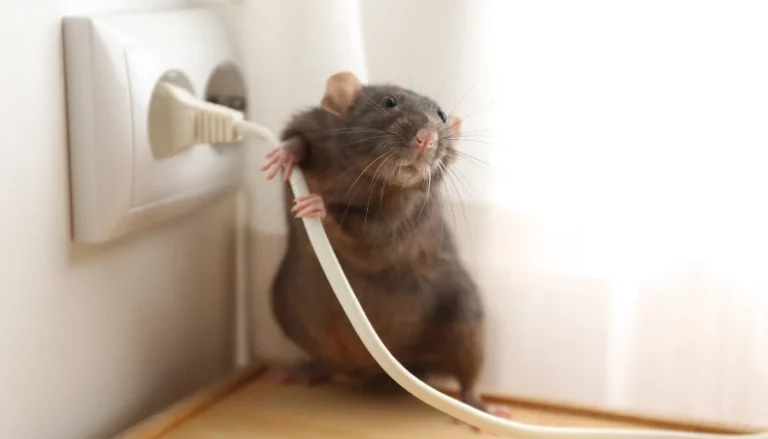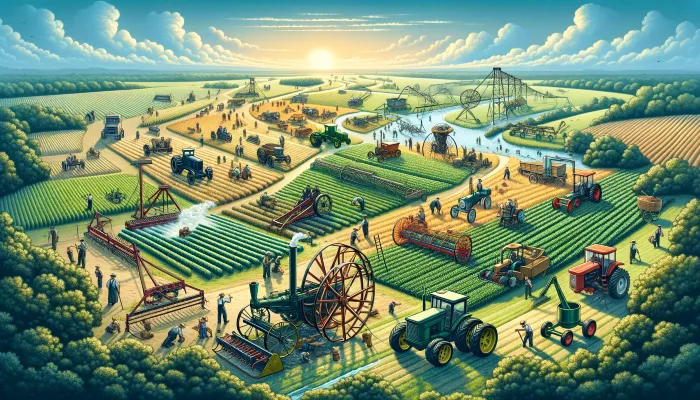Imagine trying to feed a city using only your hands and a digging stick. That’s how farming started, but thankfully, we got a lot smarter! From ancient plows to futuristic GMOs, amazing inventions have transformed how we grow food. Here are ten breakthroughs that changed the world…and filled our plates.
Today, the planet holds eight billion hungry mouths. It’s crazy to think that without farming inventions, most of us wouldn’t be here! Innovations make farms more powerful than ever. Did you know one American farmer now feeds over 155 people? That’s compared to only 25 people back in the 1960s. How? Breakthroughs and brainpower, that’s how!
10 Inventions That Changed How We Farm (and Eat!)
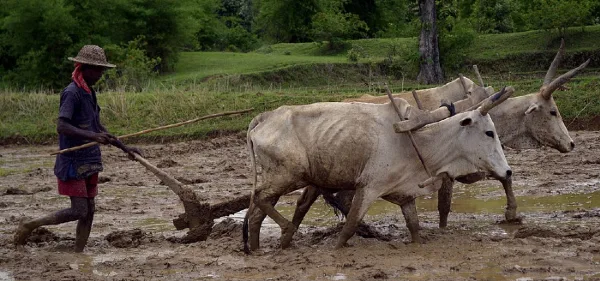
- Imagine digging a giant field with your hands – yikes! The plow changed everything, letting farmers loosen and turn up tons of soil. It was one of humanity’s first great “level-up” tools.
- Ancient Egypt’s superpower status? Give some credit to the plow! They used ard plows, drawn by oxen, to transform arid lands along the Nile River valley into a farming paradise. This led to surpluses of food, fueling the rise of grand cities and complex society.
- Plants gobble up fertilizer, growing faster and bigger than ever. Suddenly, we could feed way more people.
- Back in the day, farmers treasured stinky stuff! Peru prized bird poop (guano), Romans used manure…anything for a nutrient boost. But in the late 1800s, commercial fertilizers came along, changing the game entirely. The Haber-Bosch process for creating synthesized nitrogen was a lifesaver, literally – it’s estimated to be responsible for feeding half the world’s population!
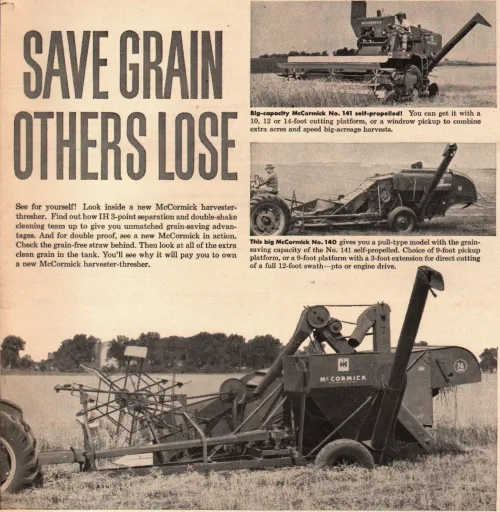
- Separating wheat from straw by hand? Talk about achy! Threshers made it a breeze, tossing out the useless bits and saving that precious grain.
- For centuries, farmers beat grain against walls – imagine the sore arms! The thresher was a true lifesaver, and a key step towards large-scale agriculture. Suddenly, one farmer could produce grain for dozens, even hundreds, of people.
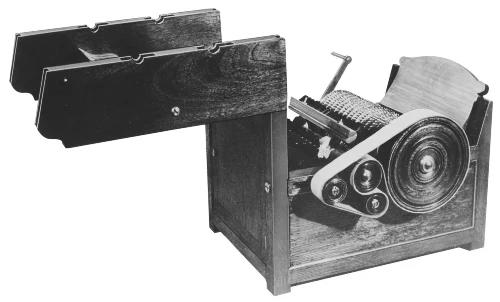
- This sped up cotton cleaning like crazy, making clothes way cheaper. But the boom in demand also sadly boosted slavery in the American South.
- History lesson: Sometimes amazing inventions have a dark side. The cotton gin was intended to reduce the labor needed for cotton, but paradoxically, it made cotton so profitable that it fueled an explosion of slavery and became a major cause of the Civil War.
- Giant blades, horses, and lightning-fast harvesting – that’s the reaper for you!
- This one meant serious business. Picture a field taking weeks to harvest by hand, now done in days. More food, cheaper prices, and a population boom all followed in the wake of this invention.
- Plowing and hauling got SO much easier with tractors. No more worn-out horses by lunchtime!
- Farmers didn’t switch over right away. Old-fashioned horsepower was trusted, and those first tractors were pricey. But during World War I, with labor shortages, the tractor quickly became a necessity, replacing both men and horses on the farm.
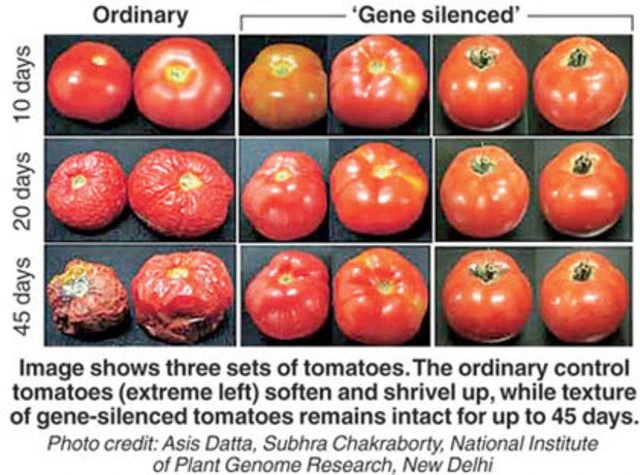
- Imagine bug-proof corn or apples that never turn brown. That’s the power of GMOs, but they’re seriously controversial.
- Some people worry about their health and long-term effects. This invention’s got everyone debating! But they also have the potential to revolutionize how we farm (and already have by giving us drought-resistant crops, nutrient-boosted foods, and reduced reliance on pesticides are all real possibilities.
- Pests are a farmer’s enemy, and pesticides were a lifesaver for crops. But sometimes, they come with a downside.
- Before pesticides, farmers used some weird stuff: think poisonous herbs, arsenic, or even hand-picking bugs (Mike Rowe would call that a ‘dirty job’ for sure). The rise of synthetic pesticides after World War II was a breakthrough in protecting crops, but their overuse has led to environmental problems and pesticide-resistant pests.
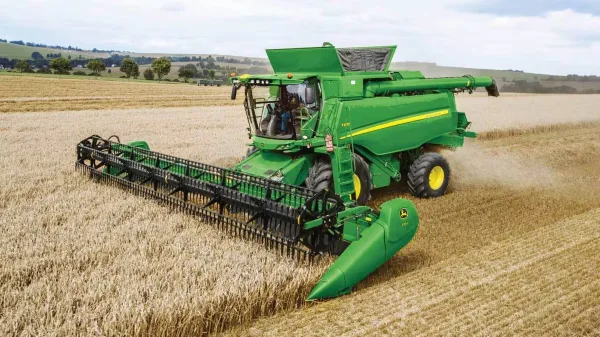
- Reaping, threshing, bagging…all in one giant machine? Combines were game changers, making farmers super-efficient.
- Imagine the work before combines: First, you reap the crop. Then you thresh it, and finally, winnow away the straw to get to the grain. Combines streamlined everything, meaning faster work and more food on our tables. During World War II, with many farmhands off fighting, combines were crucial for harvesting vast amounts of grain to keep America and its allies fed.
- From simple ditches dug by hand in Ancient Egypt to modern sprinkler systems, controlling water is how farmers win.
- Think California farms turning desert into salad bowls – that’s all thanks to irrigation! But it’s not perfect – in dry places, irrigation can deplete underground water sources and cause soil problems.
- Ancient Mesopotamia, the “cradle of civilization,” thrived thanks to complex irrigation networks. But over time, salts from the water built up in the soil, leading to crop failure and eventually the decline of their empire.
Farming might seem ordinary, but these inventions tell a different story. It’s a tale of incredible ideas and backbreaking work that shaped our very existence and continues to feed an ever-expanding global population.
More To Discover
- Chipotle’s Investment in Cutting-Edge Agriculture and Fertilizer Tech Aims to Shed Greenwash Shadow
- What is Bioponics? Discussing The Organic Closed-Loop Cultivation System That Uses No Soil
- The Afara Electric Robot Can Boost Cotton Output by 20%
- Supercharging Seeds? How Rainstick’s ‘Electrical Storm’ Technology Is Electrifying Crop Growth
These breakthroughs changed the game, but the story’s not over. Scientists are busy dreaming up tomorrow’s farming tech. Will we grow food in labs? Have robot farmhands? The future of our plates depends on the next big invention!
Next time you sit down to eat, remember – human ingenuity brought that food to your table!








